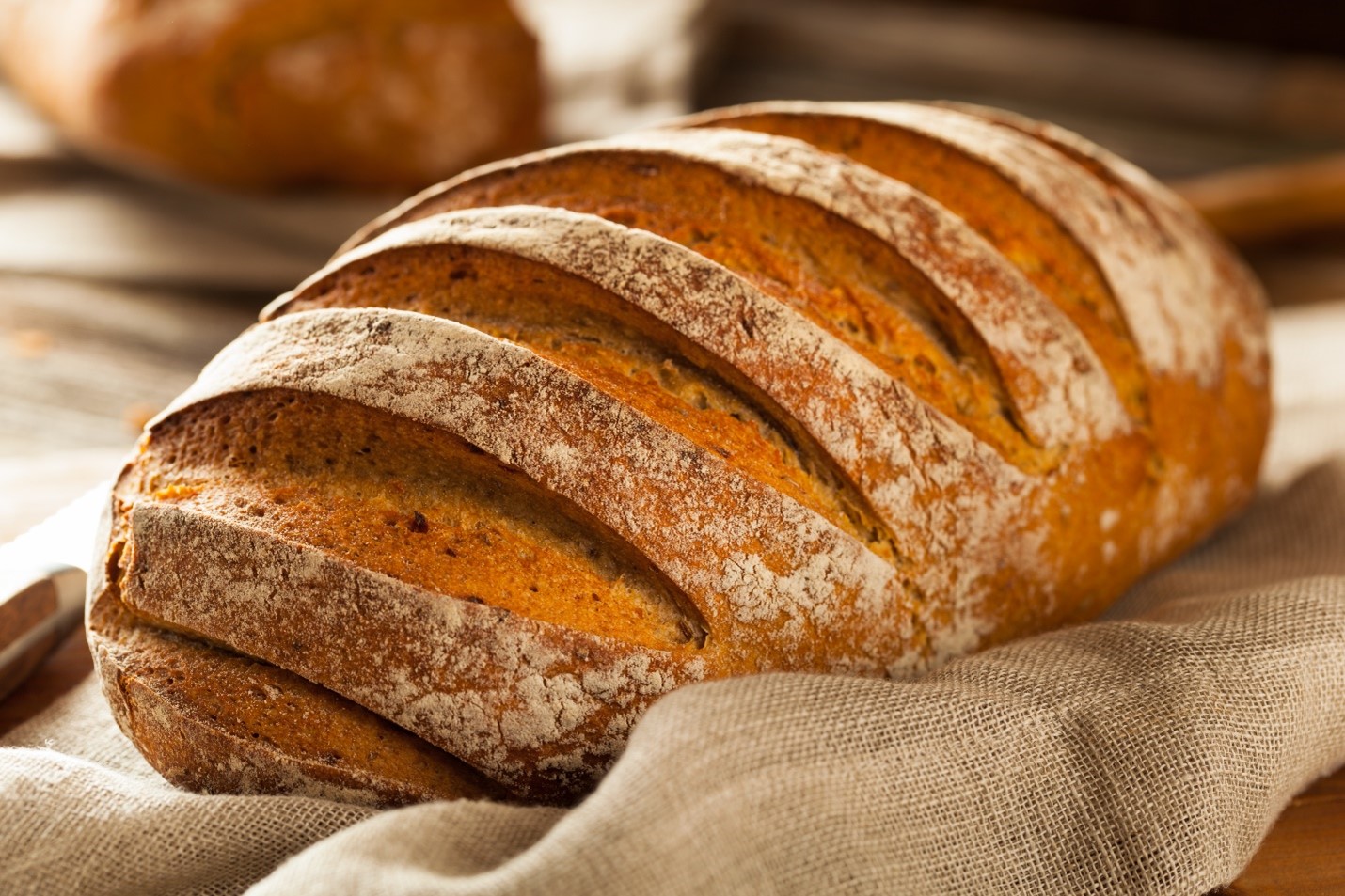Happy Homemade Bread Day

Nothing is better than the smell and taste of fresh baked bread. Yet so many of us purchase our bread from the store! The store-bought bread does not even come close to comparison of fresh homemade bread. Making bread at home is inexpensive and is a great family activity that allows everyone to get their hands dirty and learn a little science! To make a successful yeast or quick bread there are a few important steps to follow.
- When baking, make sure you give your oven plenty of time to fully preheat and even wait a few more minutes after it has reached the set temperature before you begin baking. All ovens fluctuate above and below their set temperature and the fluctuations are largest during the heating process but settle down once the ovens warm up fully. Don’t get too eager and put the bread in before the oven is done preheating!
- Don’t over bake your bread! So how do you know when bread is done? Well, an easiest and best way is to grab your food thermometer and check the internal temperature! Yeast doughs should be between 180-210 degrees F, depending on the type of bread, with the most common temperature 190 degrees F. Quick breads are done around 200-205 degrees F.
- To make sure that your breads rise properly and have the perfect volume, it is important to understand the different types of leavening agents. There are four types of leaving agents: chemical, biological, mechanical, and physical. Each one acts differently and are used best for certain products.
|
Type |
Ingredient |
Leavening Process |
|
Chemical |
Baking soda (sodium bicarbonate) |
Forms carbon dioxide gas when combined with an acid which produces bubbles and makes dough/batter rise. |
|
Chemical |
Baking powder |
Mixture contains a base (bicarbonate) and an acid and forms bubbles and make dough/batter rise. · Single-acting powder reacts when hydrated and does not need heat to act. Contains slow or fast reacting acid. · Double-acting powder reacts when hydrated and again when heated. Contains both slow and fast reacting. |
|
Biological |
Active dry yeast |
Dry, granular yeast that must be activated (proofed) in warm water (105-115 degrees F) before adding to mixture. |
|
Biological |
Instant dry yeast |
Dry, granular yeast that can be mixed directly in with your flour and does not require proofing (activating). |
|
Biological |
Fermented dough starter |
Live culture made of flour and water that begins to ferment. This fermentation grow the naturally occurring wild yeasts and bacteria present within the mixture. |
|
Mechanical |
Kneading |
Adds air through repeated folding and rolling of dough. This also helps the gluten form that helps dough rise and hold its rise. |
|
Mechanical |
Whipped fats/ creamed butter and sugar |
This process cuts the sugar crystals into the fat which produces air bubbles allowing for a small rise in baking. |
|
Physical |
Steam |
Liquid is converted to steam at high temperatures and becomes trapped in the dough layers. Steam creates flaky, delicate layers. |
|
Source: Homebaking.org and kitchenaid.com |
||
Try making this simple no knead bread. Happy baking! https://www.youtube.com/watch?v=0QeUywQTX4g
by Chelsea Reinberg, MPH, RDN, Extension Nutrition and Food Safety Agent
Return to Agent Articles